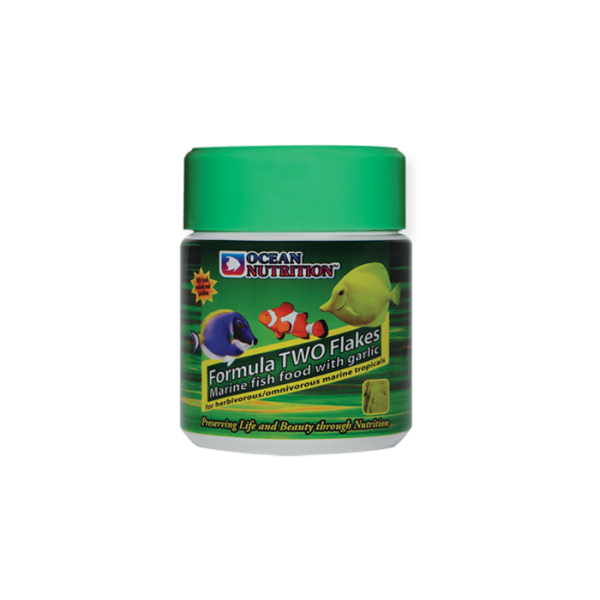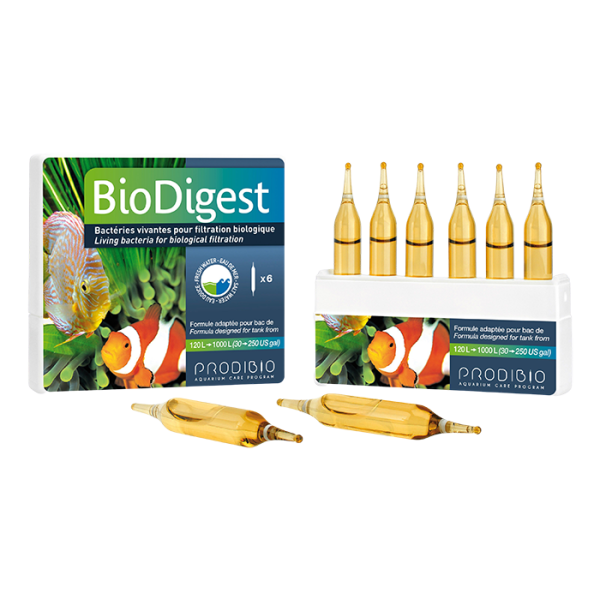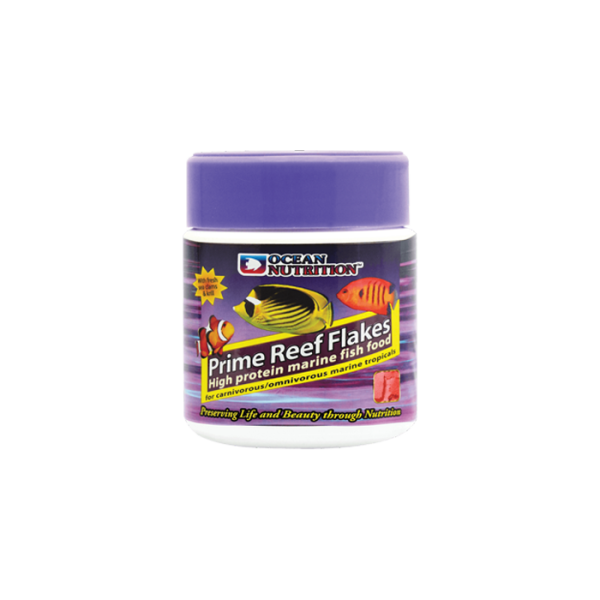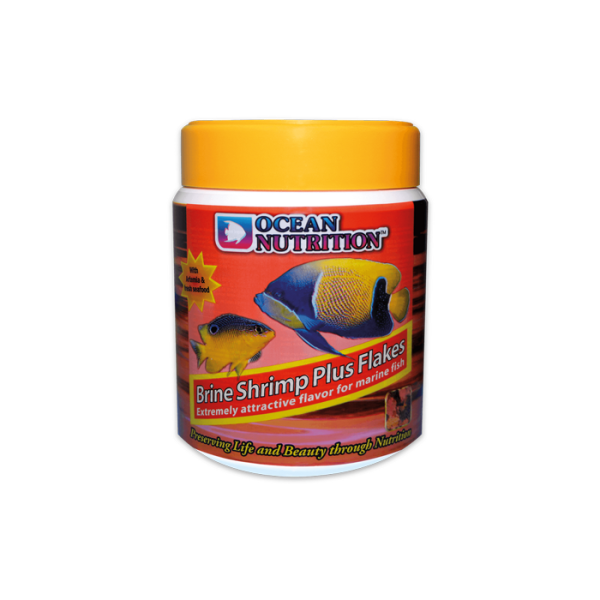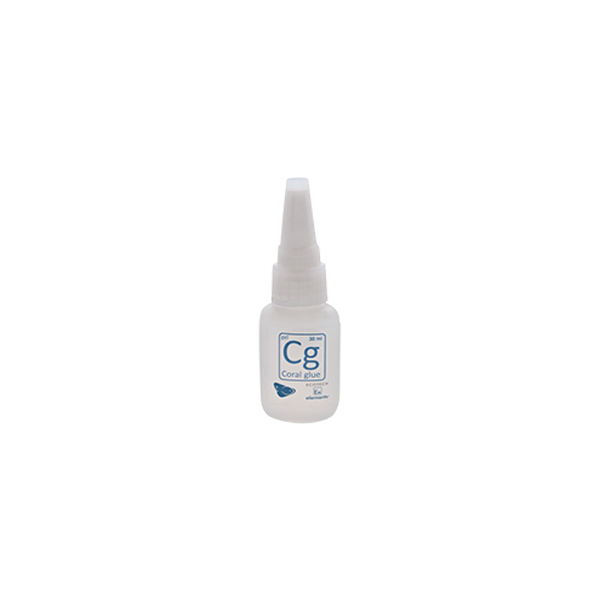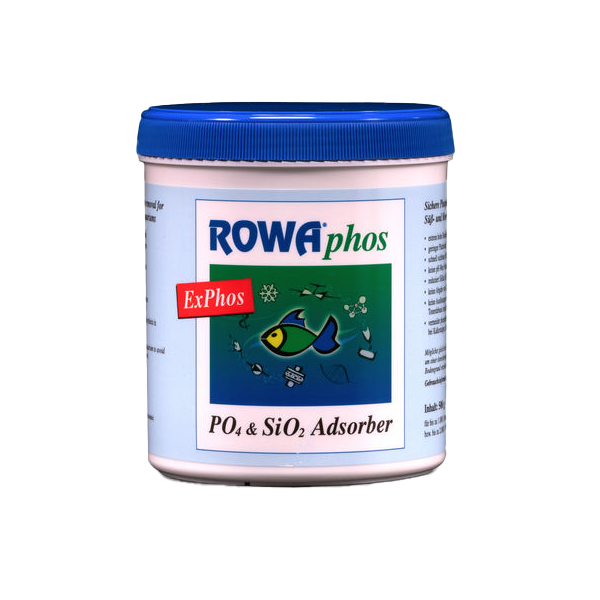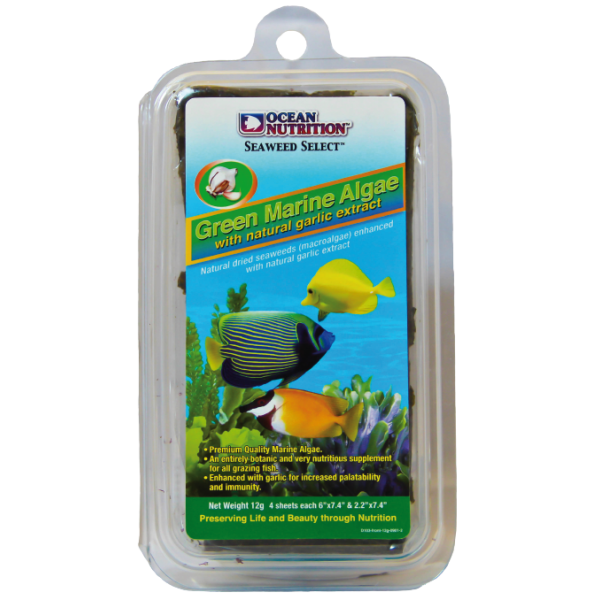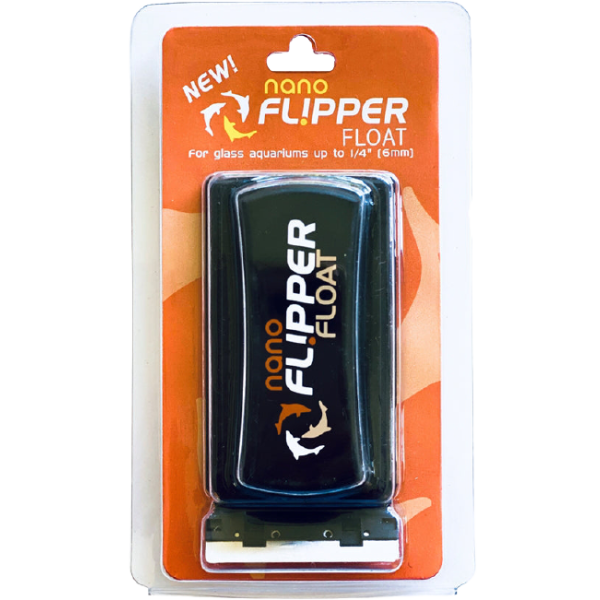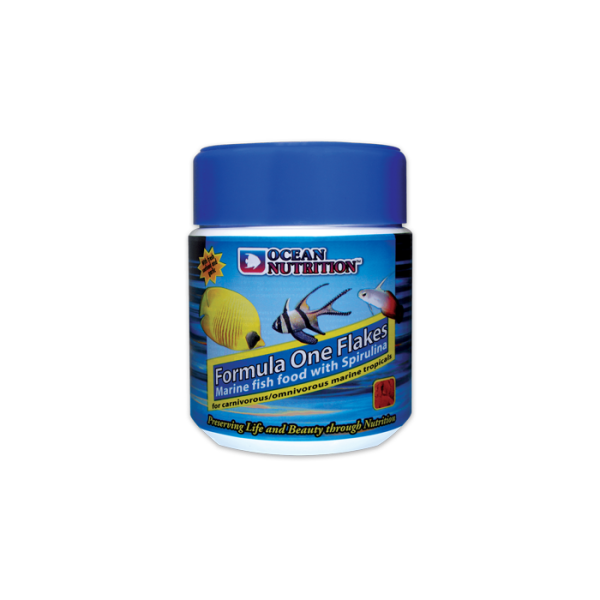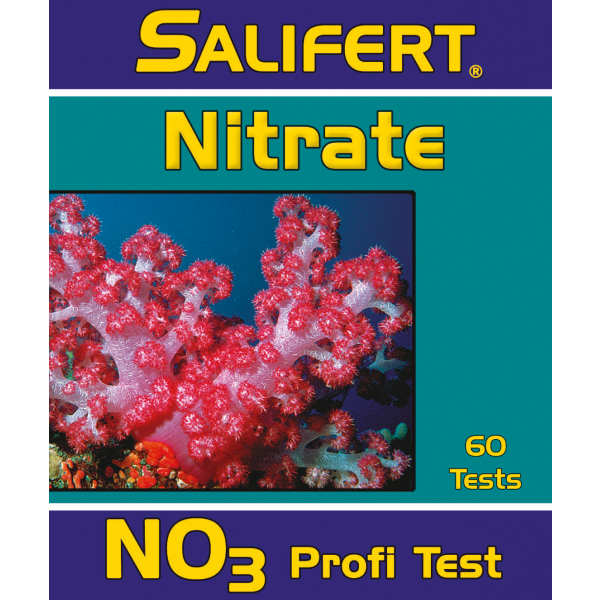aqua connect Silicarbon
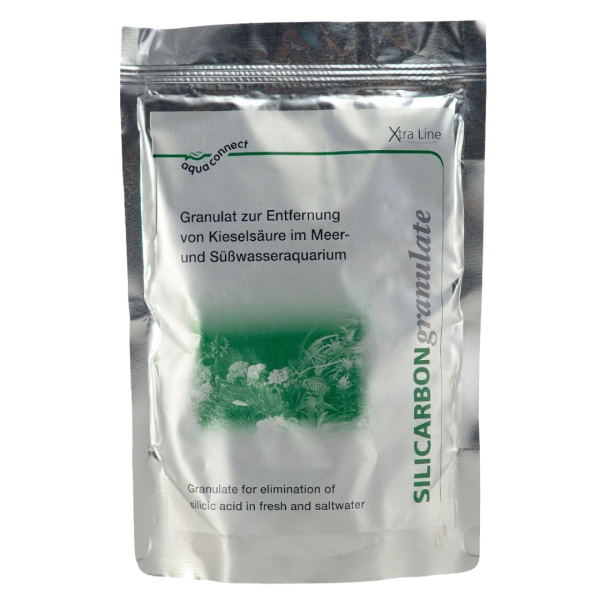
Granules for Silicate removal
- reliably removes smear algae
- for marine and freshwater
- creates crystal clear aquarium water
- Manufacturer:aqua connect
incl. 19% VAT , plus shipping costs
Manufacturers recommended retail price: 16,95 €
Save 11.8%, i.e. 2,00 €
Silicon compounds are an important building block of every life, but they are only needed in small quantities. In freshwater and seawater a compound occurs which is called silicic acid (SiO2). A high silicic acid content is considered a major disturbance factor in aquarium water. Silicarbon causes a chemisorbtion (addition, binding) of SiO2 to the granulate. The SiO2 attached by silicon carbon is permanently bound and thus removed from the water cycle.
An excess of SiO2 must be removed from the aquarium waterMost aquariums contain silica. It is introduced into the aquarium water through the raw water or through the decoration material, such as stones and gravel. Silicic acid is taken up and utilized by the various organisms in the aquarium. It is of significant importance for the cell structure and for the maintenance of cell function. It promotes the metabolic processes involved in the distribution of minerals and nutrients in the cells.
SiO2 should therefore be present in traces in the aquarium water. An increased amount of silicate (more than 100μg/l) causes an increased growth of diatoms, which become visible as a brown, greasy coating in the aquarium and not only disturb the appearance, but above all threaten plant and animal life in the aquarium.
Safe removal of silicic acid and silicatesThe side effect in freshwater and saltwater aquariums of excessive silica contamination is increased, undesirable algae growth, especially so-called "smear algae", which spread like a carpet in the colours brown and blue-green in freshwater and brown and red in saltwater. These are not algae but bacteria. They grow like a carpet over plants, corals and furnishings. Diatoms store SiO2 directly in their membrane. A silicic acid content of more than 0.1 mg/l in fresh and sea water leads to the negative effects mentioned above.
Silicarbon is insoluble and does not release any harmful substances into the water. Due to its properties, Silicarbon is excellently suited for use in fresh and salt water aquaria.
Fill SILICARBON into a filter bag. No bypass is needed, just install SILICARBON directly in the filter flow. It is important that there is a forced flow of the granulate, as SILICARBON is only fully effective when in direct contact with water. The granulate must be replaced after approx. 3 weeks, as the binding surface becomes inactive due to biological processes. SILICARBON should not be applied in combination with medical drugs, as it removes drugs. The granules should not get in contact with textiles, as stains are difficult to remove.
| Keep the pouch closed and out of reach of children. |
